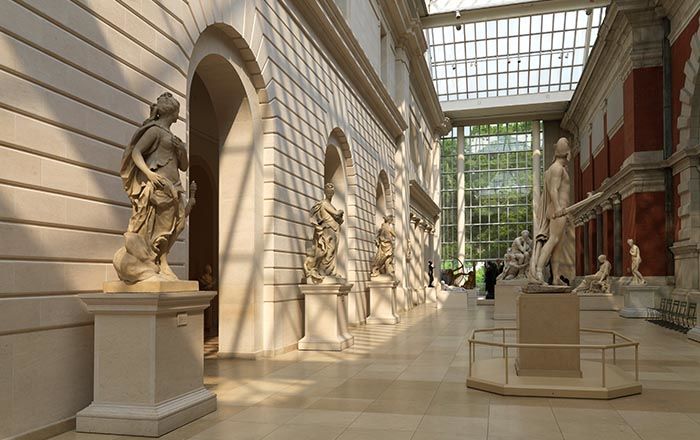Escutcheon
Made as the plate for a handle or a knocker, this escutcheon was attached to the door by the two baluster-shaped staples (one of which is modern). The skill of Spanish ironworkers was such that they could execute the elaborate grotesque ornament in the difficult medium of repossé iron. The style is derived from Roman wall decorations, which were discovered during excavations of the Golden House of Nero in Rome, begun about 1480.
This image cannot be enlarged, viewed at full screen, or downloaded.
This artwork is meant to be viewed from right to left. Scroll left to view more.



